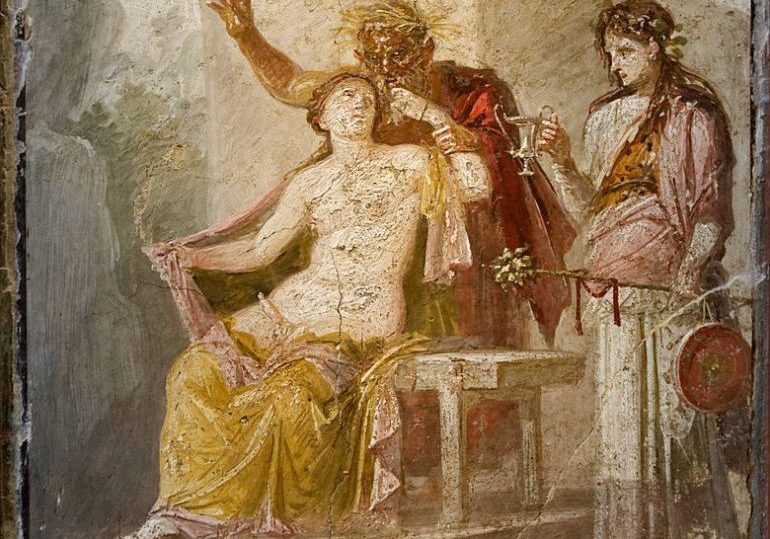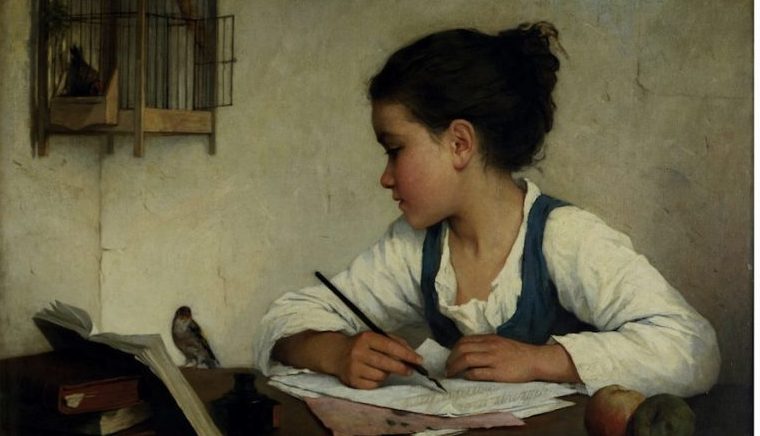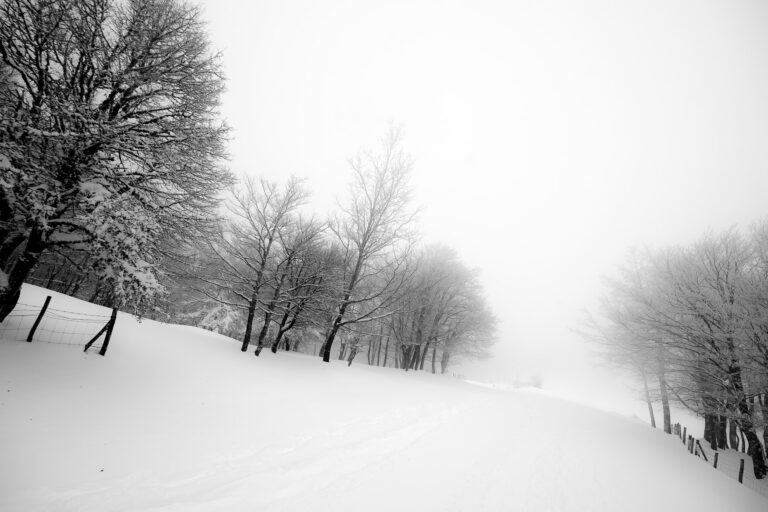Erotic Parodies of Women

A writer and I were on the sunny plaza outside the Nobel Museum in central Stockholm and she was telling me about an erotic parody project she’d collaborated on. The project was called Fifty Shelves of Grey and involved a dozen or so British authors doing erotic rewrites of fifty classic books, all published under the pseudonym Vanessa Parody. However, amidst all that bodice ripping, partner swapping and heavy breathing, there arose a very real problem for those salacious scribes—finding works of literature that had two or more female characters that were not blood relatives. Though there were plenty of male/female and male/male relationships to uncloak; female/female relationships were almost exclusively between sisters, and mothers and daughters. The relationships of unrelated adult women are nearly invisible in literature. This absence is not only a hindrance for aspiring erotic parody writers, but is quite possibly a symptom of a larger erasure of the lives and experiences of women across literature.
Last year writer Nicola Griffith published a survey of the gender representation among the winners of half a dozen major literary awards. She looked at competitions from the last fifteen years and found that nearly two-thirds of Pulitzer winners were written wholly from the perspective of a man/boy, while zero were written wholly from the perspective of a woman/girl. The Man Booker fared slightly better with a total of two books of the last fifteen written wholly from the perspective of a woman/girl. So, it seems that stories that center on the lives of women are rarely elevated to the highest echelons of literary praise. It should then be of little surprise that relationships between women are nearly invisible in literary fiction.
The problem, as I see it, is really in two parts. The first is that fiction about women is undervalued and its seriousness is dismissed into genres like Chick Lit, Women’s Fiction, and Romance. The second problem is that we writers inevitably reproduce the narratives that we are most familiar with. Reading about men, watching TV shows and movies about men, and learning histories that center on male agents, results in a world view where women are characterized only as they relate to those male focalizers—as mothers, daughters, sisters, and girlfriends.
Last year I was in a non-fiction seminar and the assignment was to write one true story three ways. The first version was to be strictly non-fiction, the second version realistic fiction, and the third version fantasy. The gender breakdown of the students was half male, half female and most of the male students wrote a male protagonist in all three versions of their story while, most of the female students also wrote male protagonists in at least two of their stories, many in all three. Even in a classroom half full of female writers, women’s stories were devalued and deleted.
So, I am proposing a new tool for those of us who both love fiction and happen to believe that women are people—consider this a kind of Bechdel test, only for the literary reader:
1) Does the story have two or more women
2) who speak to each other about something other than a man and
3) whose relationship could be parodied in mainstream erotica
These criteria should serve only as a minimum bar, a bar which we must strive to rise far, far above. So please, writers, readers, storytellers of all stripes, I implore you to reconsider your acceptance female characters that are little more than placeholders and plot devices. Not only do shallow portrayals of female characters have detrimental effects on the lives of girls and women, it also unjustly binds the hands of aspiring erotic parody writers. Please don’t bind their hands, not unless they ask you to.


